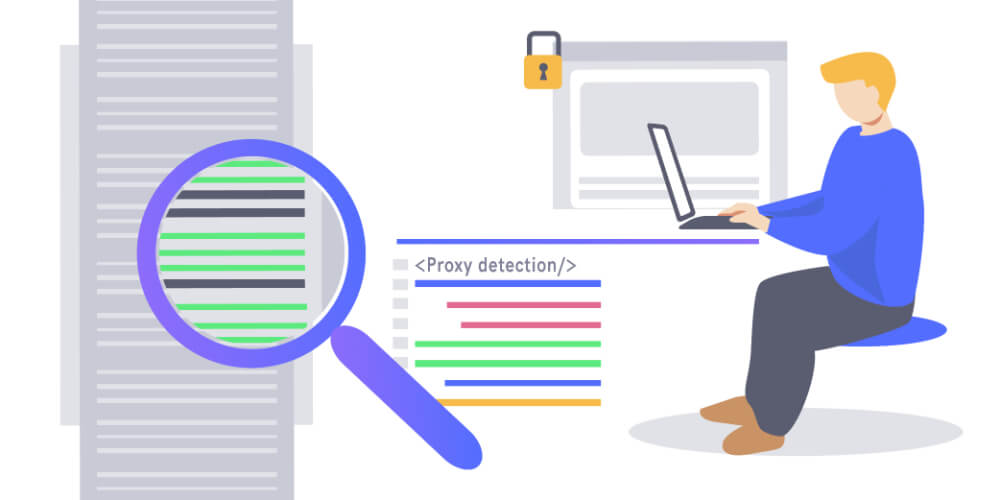
What’s Proxy Detection
Proxies serve as a double-edged sword in the online realm. While they offer completeuser privacy and faster network speeds, they also provide a screen for harmful actors seeking to engage in fraudulent activities. Thus, businesses must implement strong proxy detection mechanisms to differentiate between genuine users and potential threats, safeguarding their digital assets and maintaining trust with their customer base. Know more about proxy detection solution for developers
By detecting proxies, businesses can answer important questions:
User Authenticity: Are users genuinely where they claim to be?
Access Intentions: Are they attempting to access restricted services?
Suspicious Activity: Are they using technology to alter their IP addresses, potentially indicating harmful intent?
Combining proxy detection with other methods such as risk scoring and behaviour analysis enables businesses to reduce risks, and enhance fulfilment.
Fraudsters take advantage of proxies for various harmful activities:
Multi-accounting and bonus abuse:
involves taking advantage of proxies to create multiple accounts with different identities, allowing fraudsters to access systems reliant on unique user information for verification, thus gaining unauthorized access to promotional offers, bonuses, or rewards.
Payment and Chargeback Fraud:
Fraudsters hide their digital footprints while employing stolen credit card details. By confusing their tracks, they aim to escape detection by security measures and take advantage of vulnerabilities in online payment systems. This sneaky behaviour enables them to conduct unauthorized transactions and criminal financial activities, posing huge risks to both businesses and consumers alike.
Identity Fraud:
Fraudsters utilize proxies to mimic accessing services from targeted locations using stolen identities. By hiding their true IP addresses, they mislead systems relying on geographic information, enabling unauthorized access to online platforms and potentially facilitating various fraudulent activities, including identity theft and financial fraud.
Fraudsters utilize different types of proxies, including datacenter proxies, residential proxies, mobile proxies, VPNs, and Tor, each with its detectability and characteristics.
Detection techniques include ping tests, latency measurements, WebRTC tests, TCP/IP fingerprint tests, open port scans, datacenter IP checks, DNS leak tests, HTTP proxy headers analysis, blacklists checks, timezone tests, and browser-based port scanning.
SEON’s proxy detection via API employs a combination of these techniques, providing businesses with fraud scores to determine the likelihood of dealing with fraudulent activities.
Hackers can avoid proxy detection through various means, including using built-in browser tools and paid proxies or VPNs. While proxy detection can be highly accurate when multiple detection techniques are employed, no single method guarantees 100% accuracy. However, techniques like WebRTC tests and latency measurements can effectively identify proxy usage.
Certainly! Proxy detection serves as a keydefence mechanism for businesses operating in the digital landscape. By effectively identifying and blocking fraudulent activities, it not only safeguards financial assets but also preserves brand reputation and customer trust. Additionally, the combination of advanced solutions such as SEON’s Fraud APIs enables businesses to stay ahead of evolving threats, ensuring strong protection against emerging fraud tactics. Through continuous monitoring and adaptation, businesses can proactively lessen the risks and secure their operations against harmful actors, thereby fostering a secure and strong online environment for all stakeholders involved.


